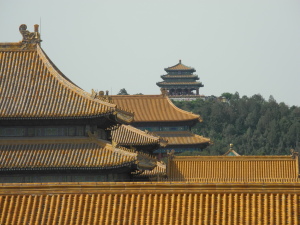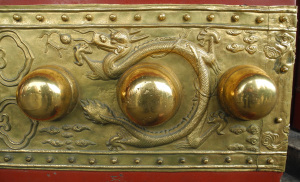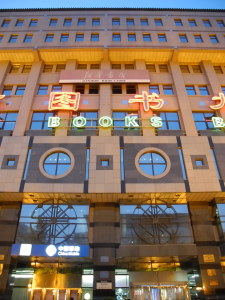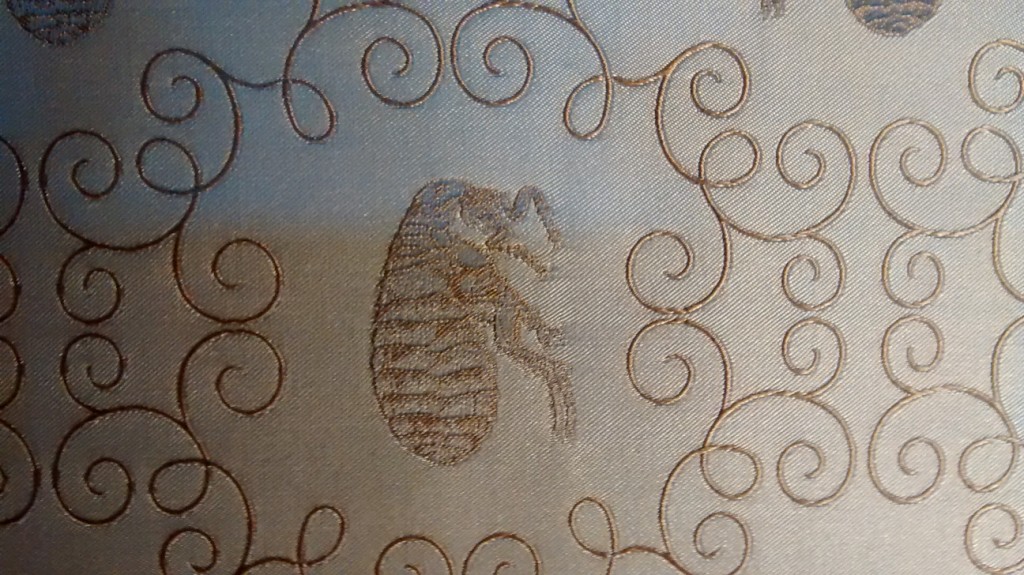The last two weeks were quite eventful…
First I spent four days in China for the conference in honor of N. Katz’s 71st birthday. I was lucky with jetlag and was able to really enjoy this trip, despite its short length. The talks themselves were quite interesting, even if most of them were rather far from my areas of expertise. I talked about my work with W. Sawin on Kloosterman paths; the slides are now online.
I only had time to participate in one of the excursions, to the Forbidden City,

were I took many pictures of Chinese Dragons…

That same evening, with F. Rodriguez Villegas and C. Hall, I explored a small part of the Beijing subway,

trying to interpret and recognize various Chinese characters, before spending a fair amount of time in a huge bookstore

(where I got some comic books in Chinese for fun).
Upon coming back on Thursday, I first found in my office the two volumes of the letters between Serre and Tate that the SMF has just published, and which I had ordered a few days before taking the plane. Reading the beginning of the first volume was very enjoyable in the train on Friday morning from Zürich to Lausanne, where the traditional Number Theory Days were organized this year. All talks were excellent again — we’re now looking forward to next year’s edition, which will be back in Zürich! And I’ll write later some more comments about the Serre-Tate letters…
And then, from last Monday to Friday, we had in Zürich the conference “Analytic Aspects of Number Theory”, organized by H. Iwaniec, Ph. Michel and myself with the help of FIM. It was great fun, and there were really superb and impressive talks. One interesting experience was the talk by J. Bellaïche : for health reasons, he couldn’t travel to Zürich, but we organized his talk by video (using a software called Scopia), watching it from a teleconference room at ETH. This went rather well.


![[Scuola Normale Superiore]](http://blogs.ethz.ch/kowalski/files/2013/11/DSCN3040-300x224.jpg)
![[Pisa]](http://blogs.ethz.ch/kowalski/files/2013/11/DSCN3089-e1385293847760-224x300.jpg)